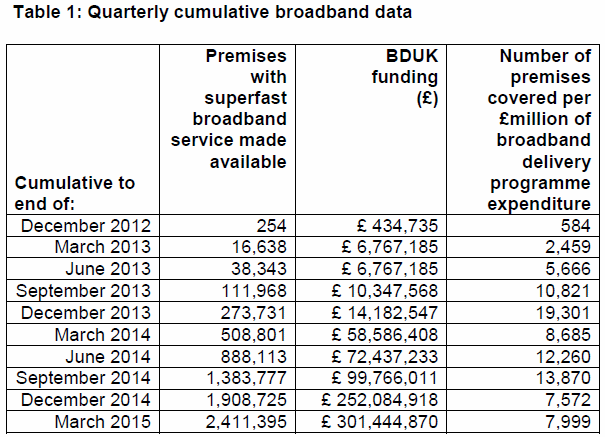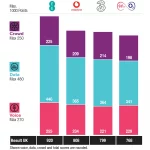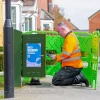UPDATE BDUK Put Superfast Broadband Within Reach of 2.5 Million Premises
The Government’s national Broadband Delivery UK programme, which aims to make “superfast broadband” (24Mbps+) services available to 90% of the population by 2016 and 95% by 2017, has so far helped to put related connections within reach of 2.5 million additional homes and businesses (premises passed).
The figures typically represent upgrades for areas that are often considered by the major telecoms giants, such as BT and Virgin Media, to be not economically viable within their own commercial plans (i.e. locations where the Government uses public funding to help make the upgrade).
Advertisement
According to the update, today’s total only represents “superfast” (greater than 24Mbps) capable premises in “intervention areas“, as opposed to an overall total of those merely reached by a NGA capable “fibre broadband” network (i.e. premises that have benefitted, but which only receive sub-24Mbps, are excluded).
Overall the BDUK grants to Local Authorities, including budget transfers to devolved administrations (Wales, Scotland etc.), amounted to a cumulative £301,444,870 in cash terms up to the end of March 2015 (at this point 2,411,395 premises has been put within reach). But this excludes the match funding from local authorities, the EU and BT’s own contributions.
Apparently this equates to 7,999 premises covered per £million of BDUK expenditure so far (i.e. £125 per home or office), but take note that this figure will change as the project progresses into more challenging areas (i.e. the costs per property will rise).

Meanwhile the Government are currently continuing to pilot 7 projects that could help to improve connectivity for the final 5% and many of those will be running until early 2016. At that point the Government will need to asses them in order to learn how much investment may be needed to fill the gaps and achieve 100% coverage.
Advertisement
But it’s feared that the most remote 1-2% of rural areas may end up being stuck with a subsidy to cover the cost of installing restrictive Satellite connections, which is hardly ideal due to the platforms tiny data allowances, high monthly rental costs and other limits (high latency etc.).
UPDATE:
As expected the Government has now confirmed the 2.5 million milestone and we’ve updated our piece accordingly.
John Whittingdale, Culture Secretary, said:
“Access to superfast speeds has never been more important, in both our home and working lives. The Government’s rollout of superfast broadband will make sure that rural homes and businesses are not left behind and that the UK is properly equipped to meet the challenges of the digital age.”
Ed Vaizey, Digital Economy Minister, said:
“We’re rolling out superfast broadband at a terrific rate and we’re reaching another 5,000 homes and businesses every day. Many of the projects are ahead of schedule and we’re seeing more people upgrade to superfast broadband as it becomes available in their area.”
So far BT (Openreach) has continued to scoop up the vast majority of related BDUK contracts, although there have been a few small exceptions in parts of certain counties, such as the Cotswolds Broadband scheme in West Oxfordshire, UKB Networks Ltd. (HKT) in Swindon and some deployments by Gigaclear in other counties.
Advertisement
Broadly speaking most of BT’s approach has been to improve the coverage of their ‘up to’ 80Mbps capable Fibre-to-the-Cabinet (FTTC) technology, with a few pockets of ultrafast (330Mbps) Fibre-to-the-Premises (FTTP). BT are also trialling a number of other technologies that may play a future role, such as the VDSL based Fibre-to-the-Basement (FTTB), Fibre-to-the-Remote-Node (FTTrN), Wireless-to-the-Cabinet (WTTC) solutions.
The telecoms giant has also recently announced plans to bring speeds of 500Mbps to “most homes” over the next decade by rolling out G.fast broadband technology and some extra FTTP / FoD from 2016/17, although this is likely to focus on their commercial footprint and not BDUK areas.
Mark is a professional technology writer, IT consultant and computer engineer from Dorset (England), he also founded ISPreview in 1999 and enjoys analysing the latest telecoms and broadband developments. Find me on X (Twitter), Mastodon, Facebook, BlueSky, Threads.net and Linkedin.
« UK ISP Satellite Internet Offers FREE Setup Hardware


















































Comments are closed